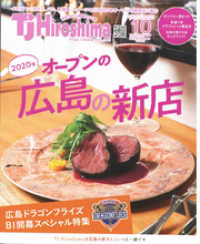- ホーム
- > 洋書
- > ドイツ書
- > Humanities, Arts & Music
- > Linguistics
- > general surveys & lexicons
Full Description
This book adopts as conceptual focus the technical mode of experience, exploring this characteristic mode of design as the angle from which the discipline of applied linguistics takes its cue. What makes applied linguistic concept formation possible? A number of elementary concepts and ideas are so basic to the discipline that they can neither be ignored nor avoided. These 'primitives' are identified by examining the connections among the technical and other modalities, such as the spatial, the physical, the social, economic, aesthetic, juridical and the ethical. A theory of applied linguistics must be robust enough to do justice to different modernist and postmodernist paradigms operating in the discipline, systematically identifying and assessing their strengths and blind spots.
The book offers a response to the question of the usefulness of theory. The principles of design revealed in the theoretical analysis are given shape in developing imaginative language interventions to solve vexing language problems not for the sake of theory, but for the benefit of those affected.
The book is intended for use both as a reference and as a comprehensive, unifying perspective of what the field is, by scholars in applied linguistics and related fields (TESOL, ESL, ESP, EAP, SLA studies, language assessment and testing, language policy development), by postgraduate students or those who teach or study applied linguistics.
Contents
Chapter 1: Theorizing history: the design and preparation of language solutions.- Chapter 2: Process and plan: the five phases of applied linguistic designs.- Chapter 3: The nucleus of design: abstracting from artefact to modality. Chapter 4: Systematicity.- Chapter 5: Range and scope.- Chapter 6: Consistency.- Chapter 7: Adequacy.- Chapter 8: Differentiation.- Chapter 9: Intuitive appeal.- Chapter 10: Theoretical defensibility.- Chapter 11: Meaningfulness.- Chapter 12: Accessibility.- Chapter 13: Utility.- Chapter 14: Alignment.- Chapter 15: Accountability.- Chapter 16: Care, compassion and respect.- Chapter 17: Trustworthiness.







